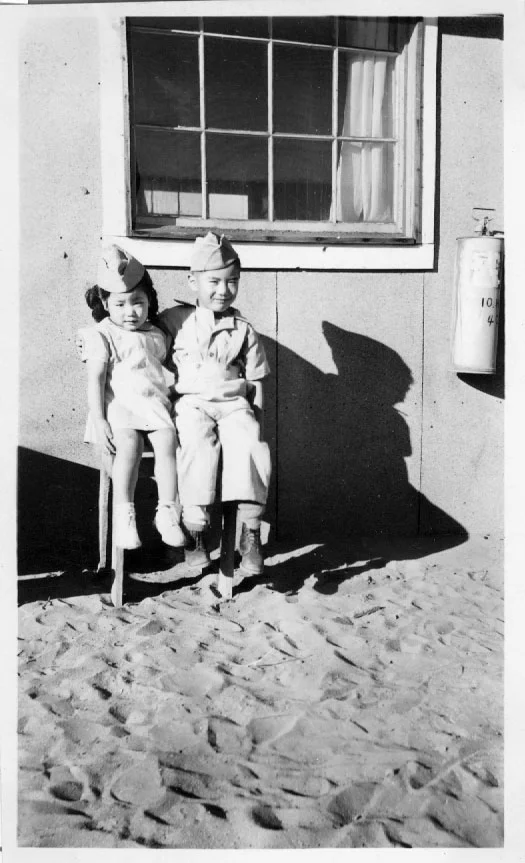XENO: From the Foreign to the Familiar
Products of Design student, Adam Fujita, has spent the last year connecting the dots of his own experiences of xenophobia and bias—through the lens of his thesis design work and using the experiences of others. His hypothesis was “to provide the undocumented community of New York City with tools—in the form of products and services—to foster greater tolerance in our communities, and to ultimately create a generation of highly successful people.” The work culminated in his thesis, XENO: From the Foreign to the Familiar.
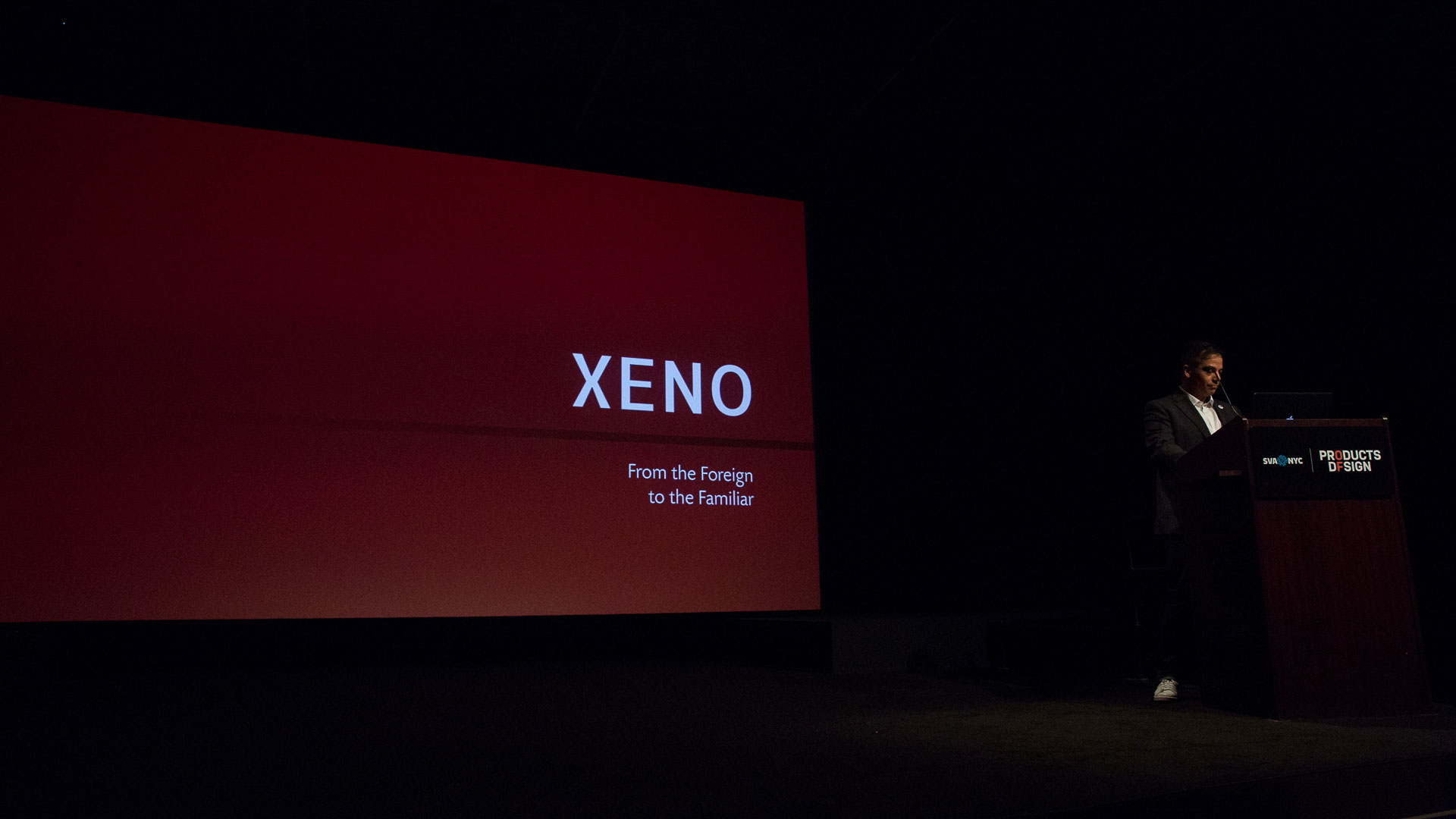
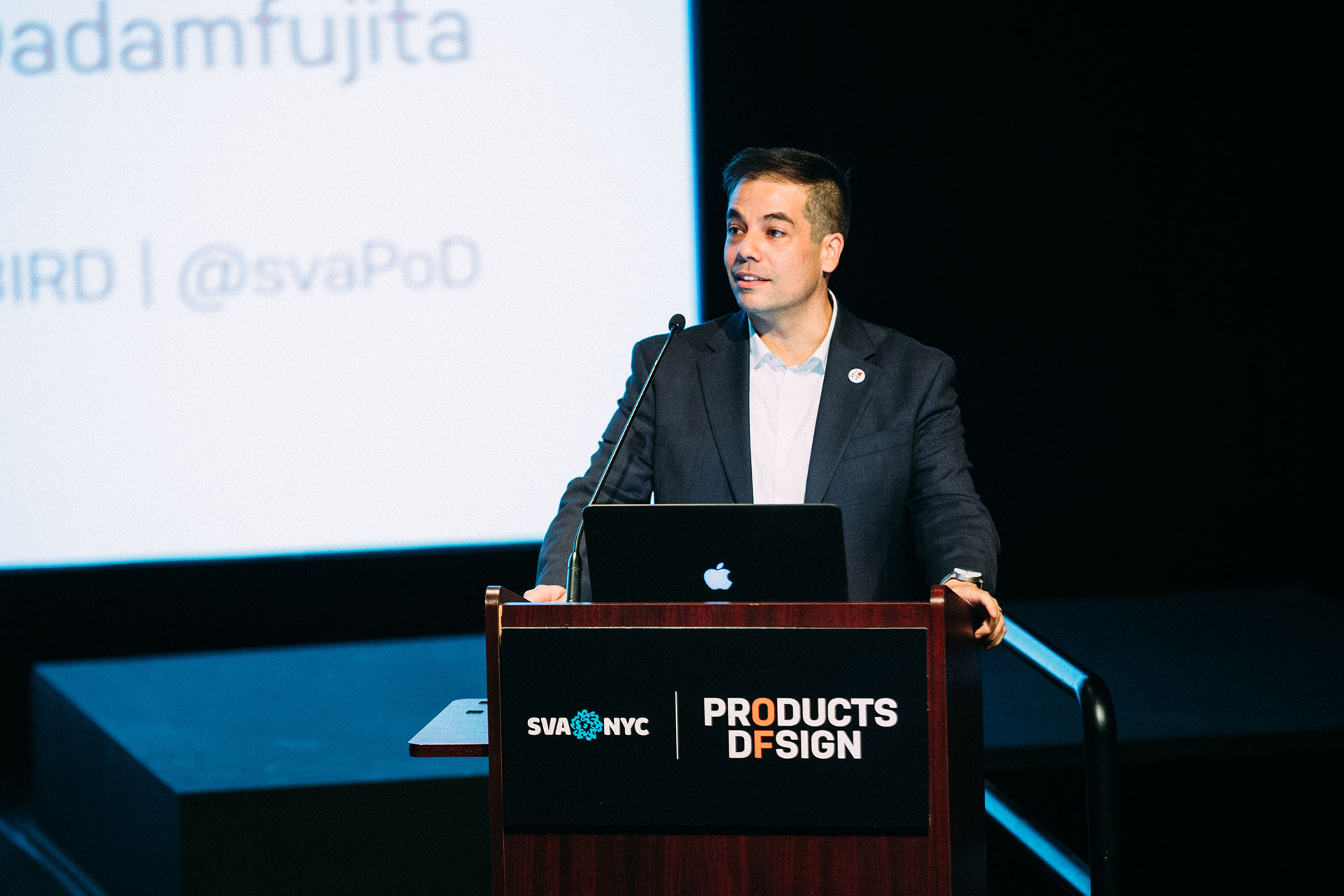
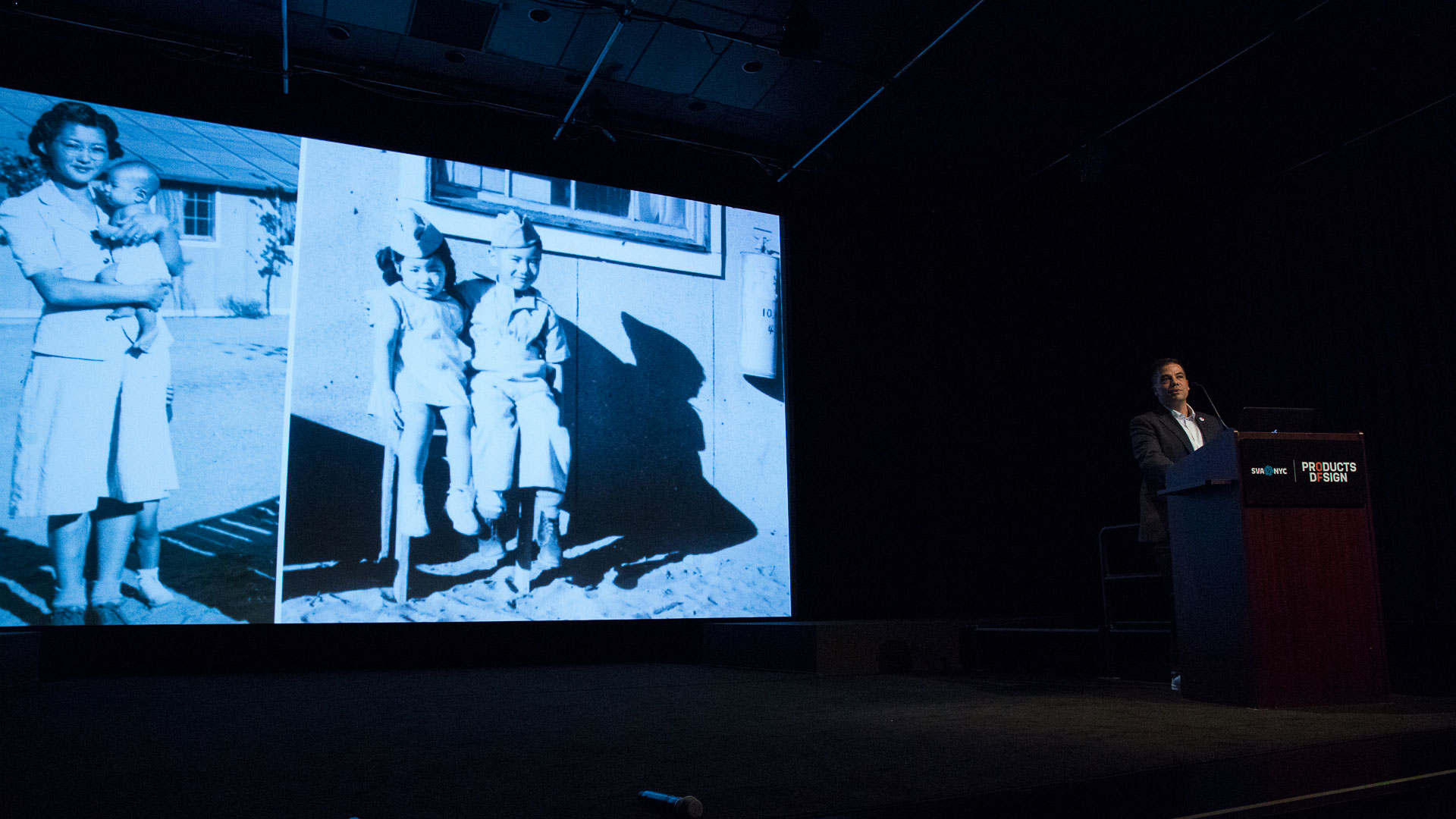
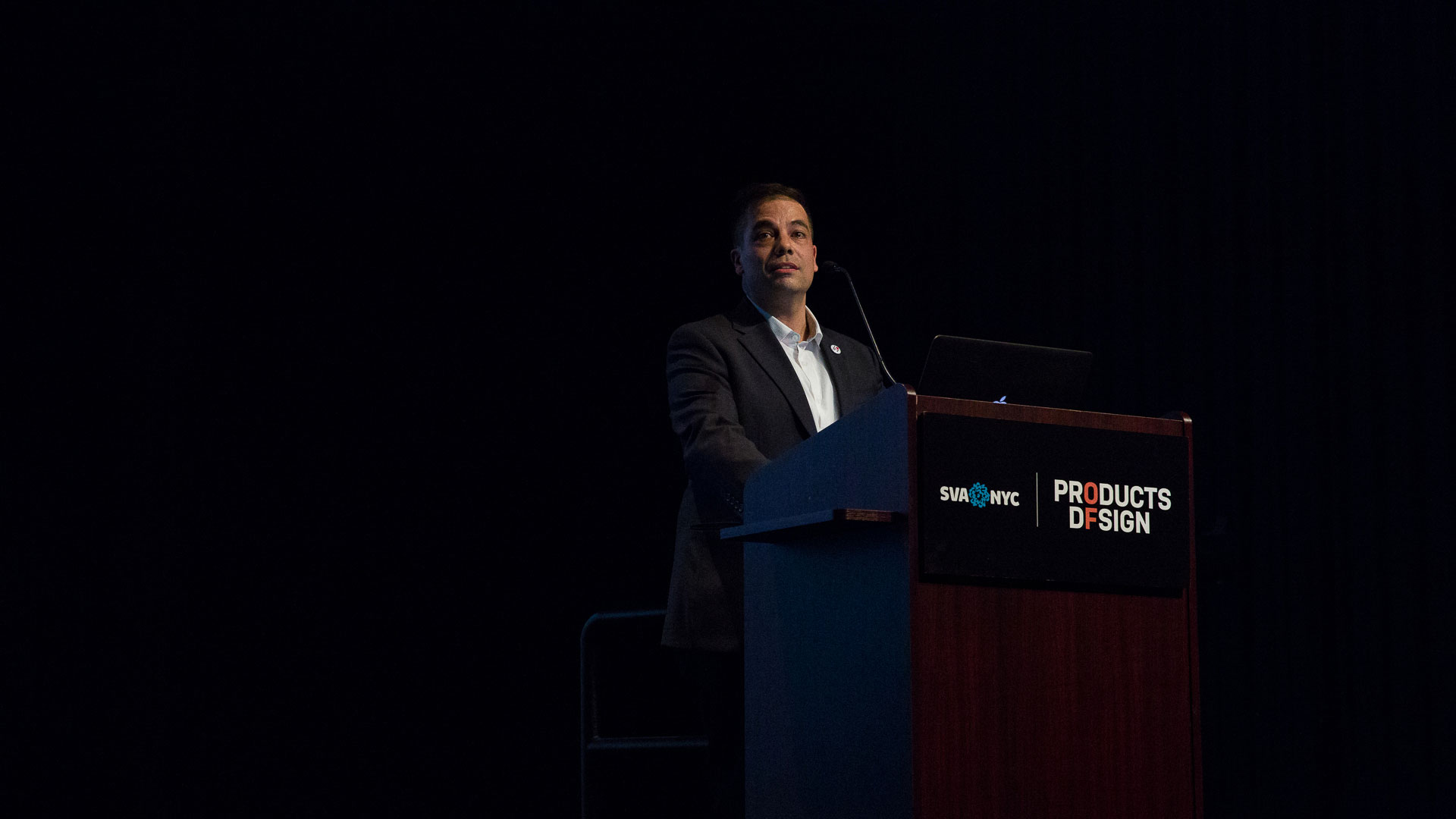
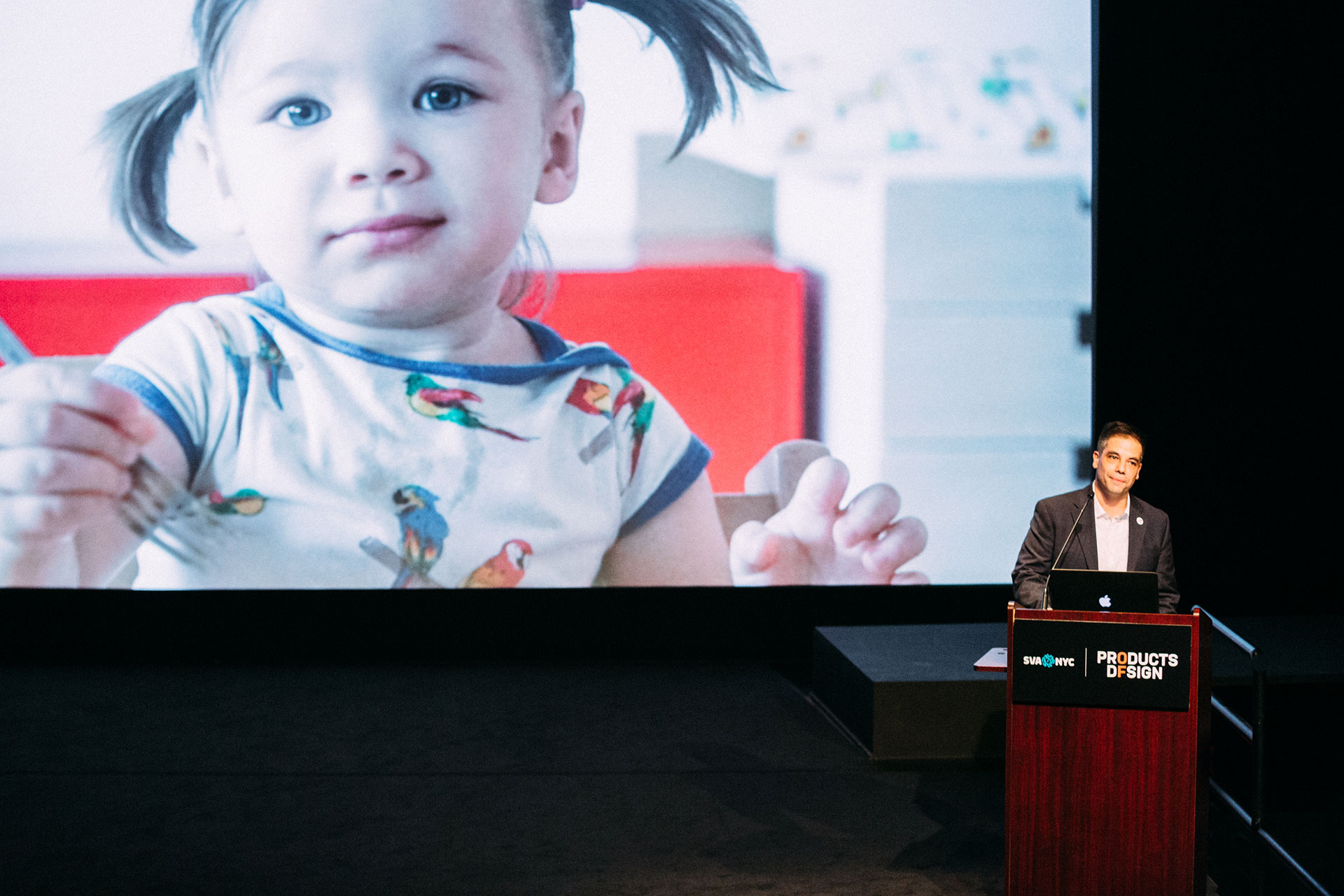
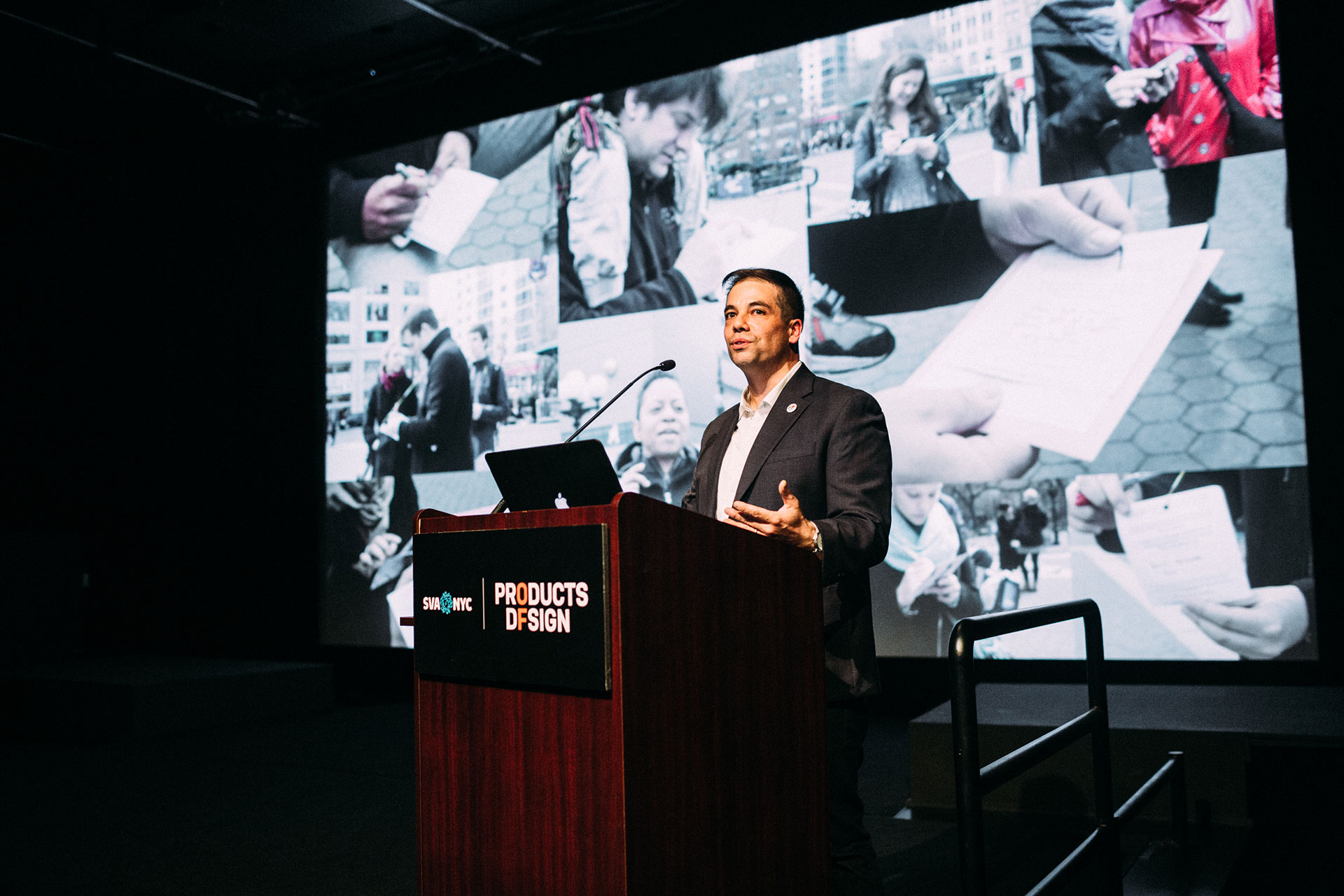
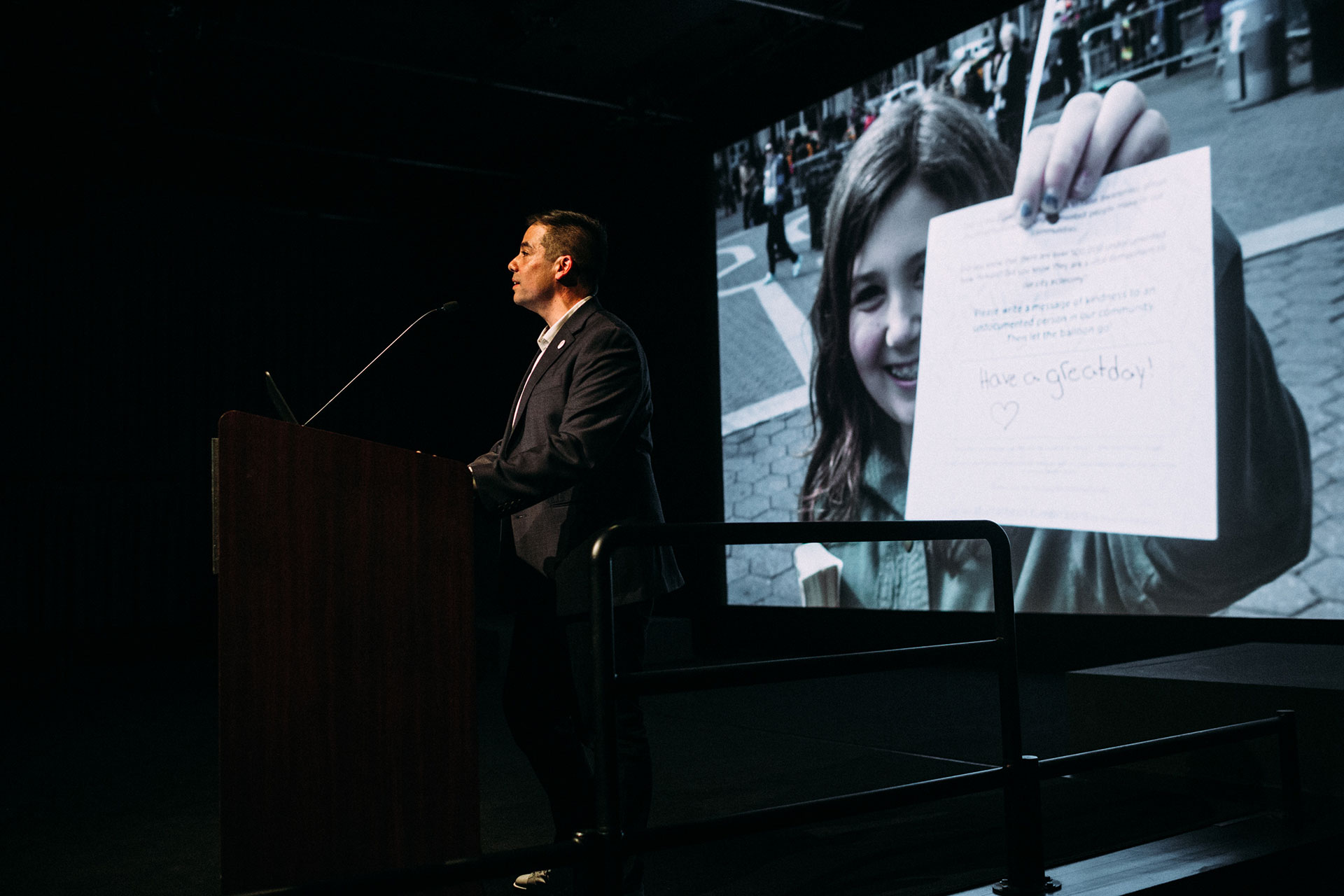
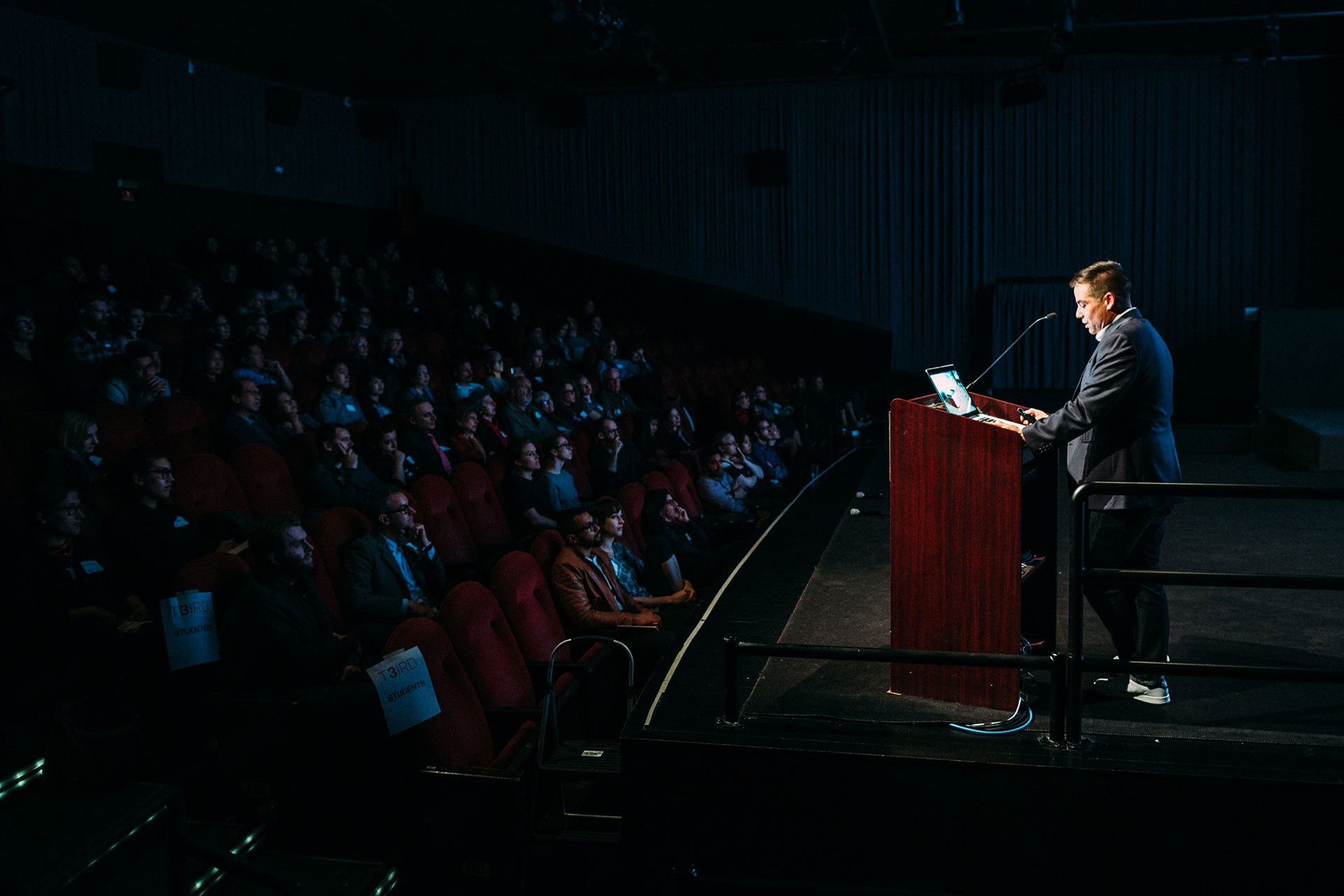

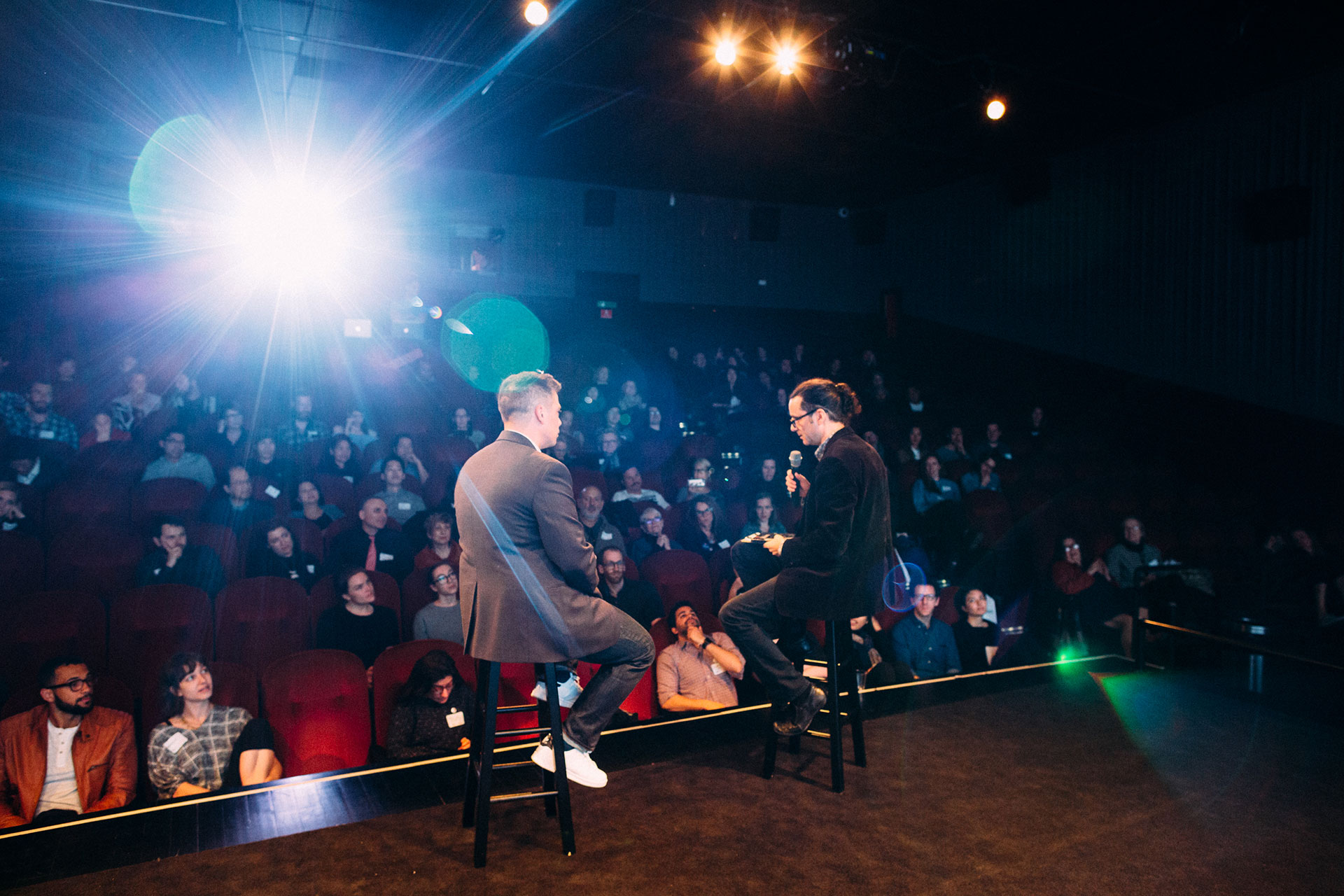


His initial research was focused on the European migrant crisis, but he became concerned with the challenges of “designing at a distance.” So he shifted his focus to the undocumented community of New York City. Having grown up in the San Francisco Bay Area, Adam was introduced to immigrant and undocumented people’s struggles at an early age, and, as he puts it, was “honored to serve this vibrant and influential group.”
Throughout Adam’s childhood as a 4th generation Japanese American, he heard the stories of his family’s experience during World War II, when they were held in an internment camp in the Colorado desert and his family’s subsequent struggles recovering from the experience.
Throughout Adam’s childhood as a 4th generation Japanese American, he heard the stories of his family’s experience during World War II, when they were held in an internment camp in the Colorado desert and his family’s subsequent struggles recovering from the experience. As a teenager in San Francisco, Adam used graffiti writing to process his anger, and over time developed his voice as an artist.
Just days before starting the two-year program at Products of Design, Adam and his wife Jane had their first child—daughter Paloma—and Adam knew that he wanted to be able to offer her the greatest things in life. He wondered, “Will her life experience involve hearing about and processing stigma and fear?” Adam resolved then to learn how to use design as a way to counter these forces.
The Underground Expressway
His primary research revealed shocking statistics around the amount of children apprehended at the US/Mexican border: The US Customs and Border Protection estimate that there were over 60,000 children last year alone. Here, Adam envisioned a speculative foundation called the Underground Expressway—providing support for people crossing the border. The foundation would raise funds to help pay the costs of these children’s legal fees by offering an added covert service—a dark web app that hacks into the border patrol’s thermal imaging cameras, displaying the images in real time on the smart phones of the children. Additional services through the app would include a map of safe houses to support the migrants along their route, all the way to their final destination.
Additionally, the Underground Expressway would provide products to serve its users, such as the Indian Paintbrush SeedPack. While most migrants skillfully hide their tracks, these packs are intended to highlight their route for others to follow.
“We live in the shadows, basically invisible in New York City,” he heard. “In my 11 years in the United States, no one has ever shown me kindness.”
Soon after, Adam created a systems map to clarify his direction and reveal unique design opportunities.
Conducted further research with Moussa Sarr and Gaspar H.—two undocumented New Yorkers—Adam learned what it was like to live in the city, undocumented. “We live in the shadows, basically invisible in New York City,” he heard. “In my 11 years in the United States, no one has ever shown me kindness.”
Kind of a Protest
The notion of kindness struck a chord, and inspired Adam to create two design interventions. The first was the Kind of a Protest experience. Kind of a Protest was a compassionate protest intended to send messages of support out to the undocumented community. Using a birthday party as a universally-understood experience where we celebrate individuals, his team gathered at Union Square Park—outfitted with “protest signs” and gift boxes filled with helium balloons. Attached to each balloon was a card with a blank space for participants to write a message of kindness and support for members of the undocumented community.
Letting the balloons fly into the city sky was a play on the “message in a bottle” theme; the hope was that whenever and wherever the balloons came down, the message would be shared either on social media or one-on-one with an undocumented person. He used the hashtag #kindofaprotest to communicate the event.
The work is a public intervention designed to highlight the role that undocumented people play in our society. By building New York, this diverse and inspirational community becomes New York.
I B New York
The second intervention—the “I B NEW YORK” ad campaign—was designed to celebrate the immigrant and undocumented members of our community. Inspired by Milton Glaser’s iconic “I HEART New York” logo (but with a literal twist), the work is a public intervention designed to highlight the role that undocumented people play in our society. "By building New York, this diverse and inspirational community becomes New York," Adam offers. “If we advocate and celebrate the immigrant population of New York City, we will foster greater tolerance.”
Taking a riskier tack, Adam mocked up CIVIL DIS—a speculative app that encourages civil disobedience online, enabling people to get their ideology of resistance hacked onto digital billboards.
CIVIL DIS
Taking a riskier tack, Adam mocked up CIVIL DIS—a speculative app that encourages civil disobedience online, enabling people to get their ideology of resistance hacked onto digital billboards. Once logged in, users can see what topics are trending—in politics, immigration or the economy. Users can read what people in their social circle are saying, but at the same time can also read what “the opposition” is writing. Ultimately, CIVIL DIS gets messages pushed out onto a digital billboard with the help of “hacktivist” groups.
Theory Coloring Book
Some of Adam’s interviews revealed how difficult it is to get clear and accurate information to the undocumented community. The Pew Charitable Trust released a study in 2015 stating that over 5 million U.S. born children live with at least one undocumented parent, and that 95% of these kids speak English better than their parents. With that in mind, Adam designed the Theory Coloring Book service—a monthly coloring book service partnering with City and Federal agencies that details the critical topics outlining the rights of undocumented people. The inaugural issue would partner with the ID-NYC program, and would explain the steps needed to acquire the municipal ID. Additional issues could cover signing up for the Affordable Care Act, how to properly file your income taxes, and how to conduct yourself in an emergency situation with the NYPD.
Adam’s future goals for the project are to pitch the magazine to the Mayor’s Fund to Advance New York City and to the Center for Urban Pedagogy as potential partners in the launch of this critically important tool. “Creating an empowered generation of newly documented people in our country is a way for people, already separated by distance, to stay in touch,” he argues.
The Lighthouse Platform
The Lighthouse Platform was designed to address this distance. The first product in the platform is a digital candle—intended to be used as a pair by two users separated by great distances. Operating via a simple app, the goal of this product “is to nurture connection by keeping families together through some poetic long-distance contact.”
As Adam put the final touches on his thesis work in May of 2016, the US Supreme Court was hearing arguments in The United Stated v. Texas—a case involving a challenge to President Obama’s order deferring deportation of some 4 million undocumented people. (The results are still not in.) Adam hopes to inspire people to try to make a difference in their daily interactions with their neighbors, and to remember that it takes very little to transition our thinking...from the foreign to the familiar.
Learn more about Adam Fujita’s work at adamkfujita.com and contact him at adamkfujita[at]gmail[dot]com.



